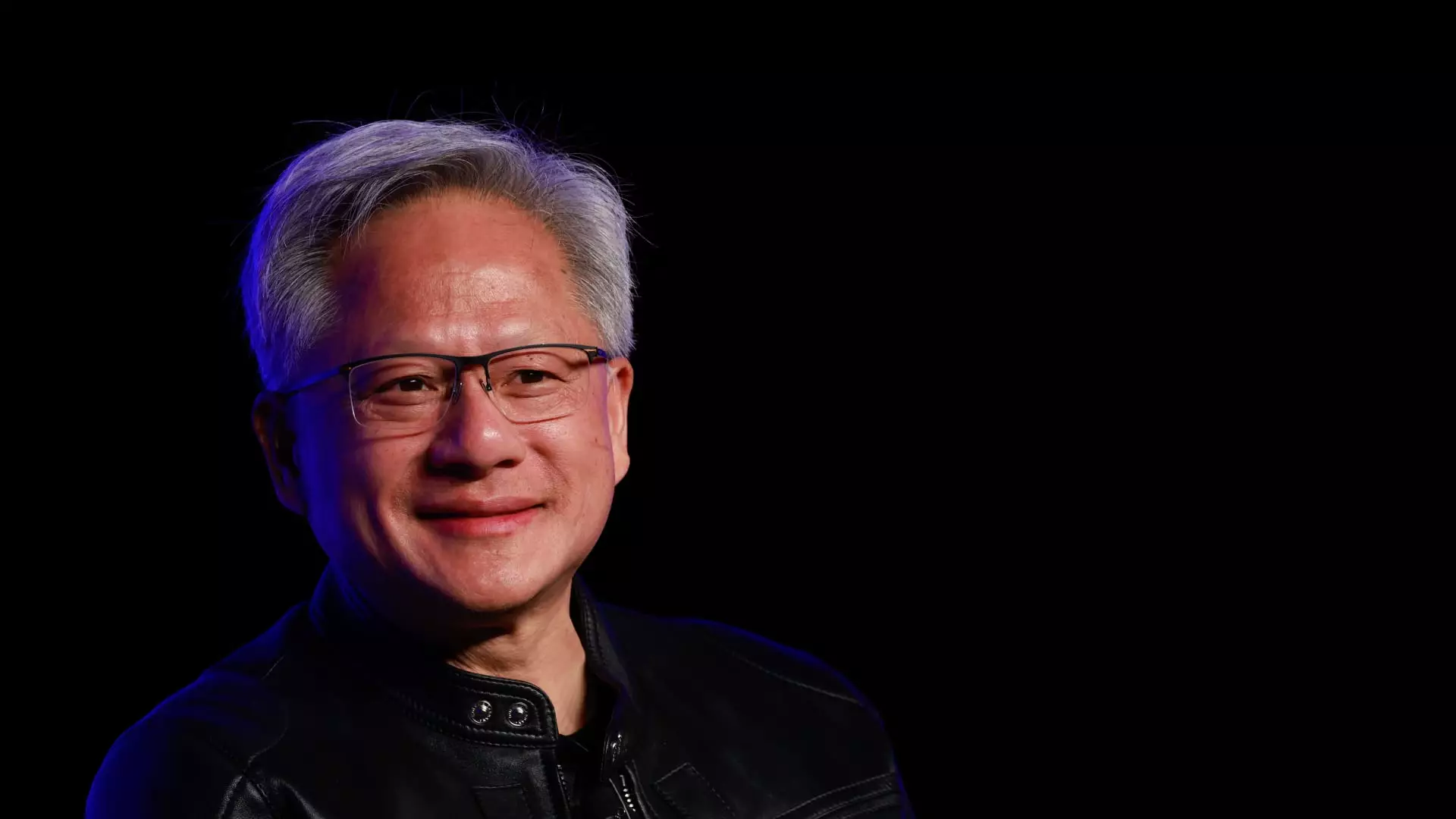In recent years, the field of artificial intelligence (AI) has witnessed a seismic shift, fundamentally altering how we interact with technology. Jensen Huang, the visionary CEO of Nvidia, aptly describes AI as the “great equalizer.” This sentiment, expressed at London Tech Week, encapsulates a broader trend that makes powerful computing tools accessible to an unprecedented number of people. Historically, technology required a steep learning curve, with programming languages acting as the gatekeepers. Huang’s assertion that the new programming language is “human” signifies a revolutionary transformation—one that allows individuals to communicate with machines using natural language rather than complex code.
The 2022 explosion of conversational AI, particularly highlighted by OpenAI’s ChatGPT, epitomizes this shift. The sudden popularity of AI-driven chatbots indicates a desire for more intuitive technologies. Individuals no longer need to be well-versed in Python or C++ to harness computational power; they merely need to articulate their thoughts. This democratization of technology has begun to level the playing field, removing barriers that once limited participation in the tech landscape.
Human-Centric Programming
What sets this new era apart is the notion that programming can now mirror human interaction. Huang elaborates on this concept by illustrating how users can prompt AI to perform tasks conversationally—an approach vastly different from traditional coding practices. By providing simple instructions to an AI, people can generate creative outputs such as poems or artwork, making the interaction feel reminiscent of communicating with another person. This human-centric approach fosters creativity and collaboration between man and machine, opening avenues for innovation that were previously restrained by technical barriers.
For instance, by asking an AI to create a poem, individuals not only become the architects of digital creations but also engage in a playful dialogue with the technology. This dynamic relationship encourages iterative improvement—when users express dissatisfaction or seek enhancements, the AI can adapt and evolve, much like a cooperative human counterpart. This paradigm shift invites individuals from various backgrounds and skill levels to participate in programming, emphasizing creativity over technical proficiency.
Embracing AI in Professional Settings
The growing recognition of AI’s potential has led companies like Shopify, Duolingo, and Fiverr to advocate for its integration into everyday workflows. Reports show a staggering rise in business users of OpenAI’s services, with over 3 million individuals opting for paid subscriptions. Huang’s optimism regarding AI as a tool for enhancing productivity reflects a fundamental change in workplace dynamics. Instead of fearing job displacement due to automation, professionals are encouraged to adopt AI as a partner in their endeavors.
This shift towards collaboration raises important questions about the future of work. As AI assumes repetitive or time-consuming tasks, employees can redirect their focus towards creative and strategic responsibilities, ultimately enhancing job satisfaction and productivity. Huang’s suggestion for everyone—especially children—to engage with AI reflects a mindset shift that prioritizes exploration and innovation over anxiety surrounding job security. Embracing AI can enrich skill sets, making employees more adaptable in an evolving job market.
The Challenge of Accessibility
While the promise of AI as a great equalizer is compelling, it is essential to consider the disparities that still exist. Access to technology and digital literacy levels vary significantly across different demographics. The challenge lies in ensuring that this revolution in human-computer interaction does not widen the existing digital divide. As AI tools become more prevalent, individuals without the resources or knowledge to engage with these technologies could be left behind.
Moreover, there is a pressing need for education systems to adapt and incorporate AI literacy into their curricula. Fostering a generation that not only understands how to leverage AI but also engages thoughtfully with it is crucial for maximizing its transformative potential. Without such changes, the very equalization we hope to achieve could inadvertently lead to new forms of exclusion.
Imagining a Future Together
As we stand on the brink of this technological evolution, one thing is clear: the relationship between humans and machines is changing. Jensen Huang’s advocacy for the embrace of AI speaks to a broader desire for collaboration and creativity. By viewing AI as an extension of our abilities rather than a replacement, we can redefine the landscape of innovation. Embracing this change requires a collective commitment to ensuring that everyone, regardless of their background, can participate in this new technological dialogue. The future of human-computer interaction is not just in the hands of technologists, but in the creativity and curiosity of all who dare to engage.


Leave a Reply